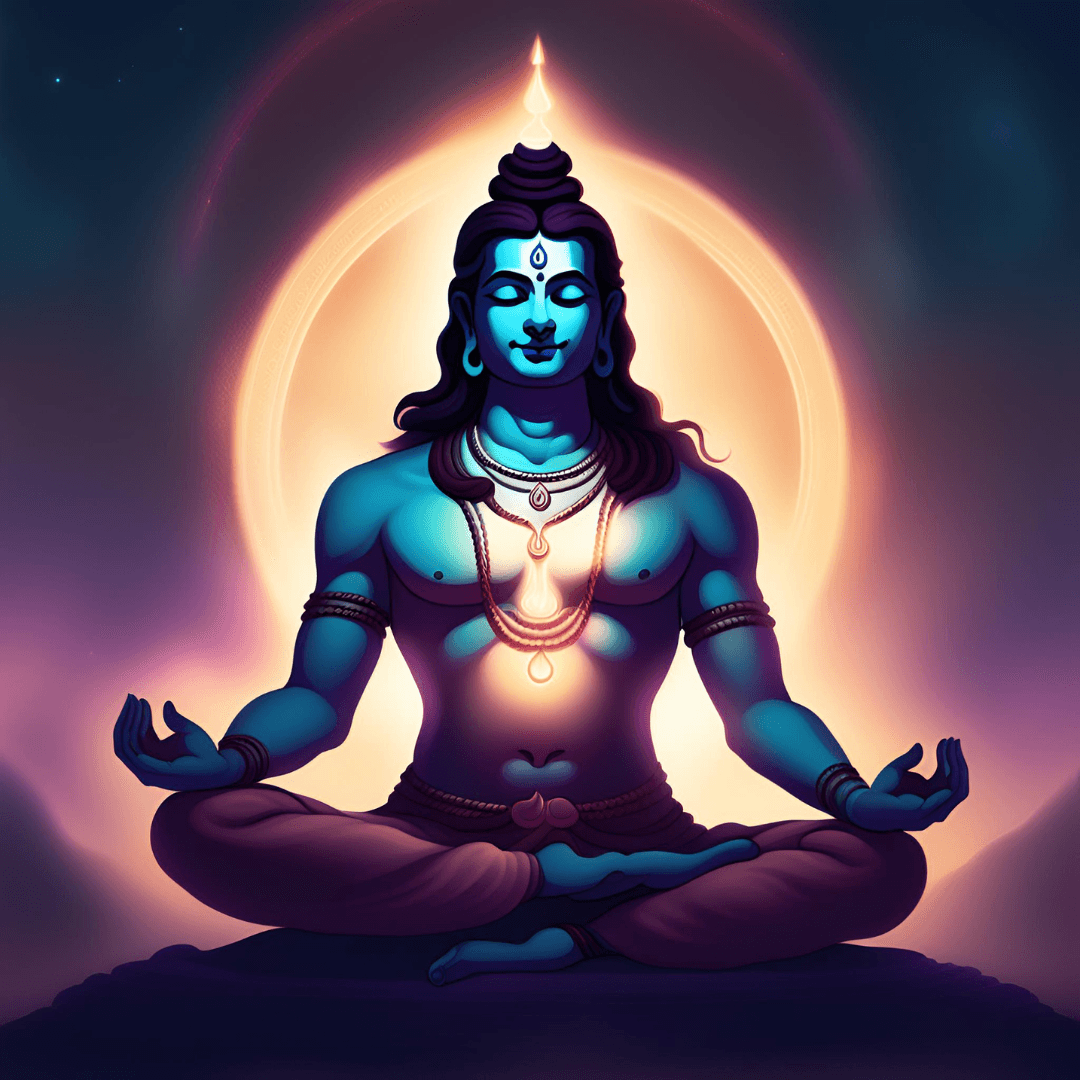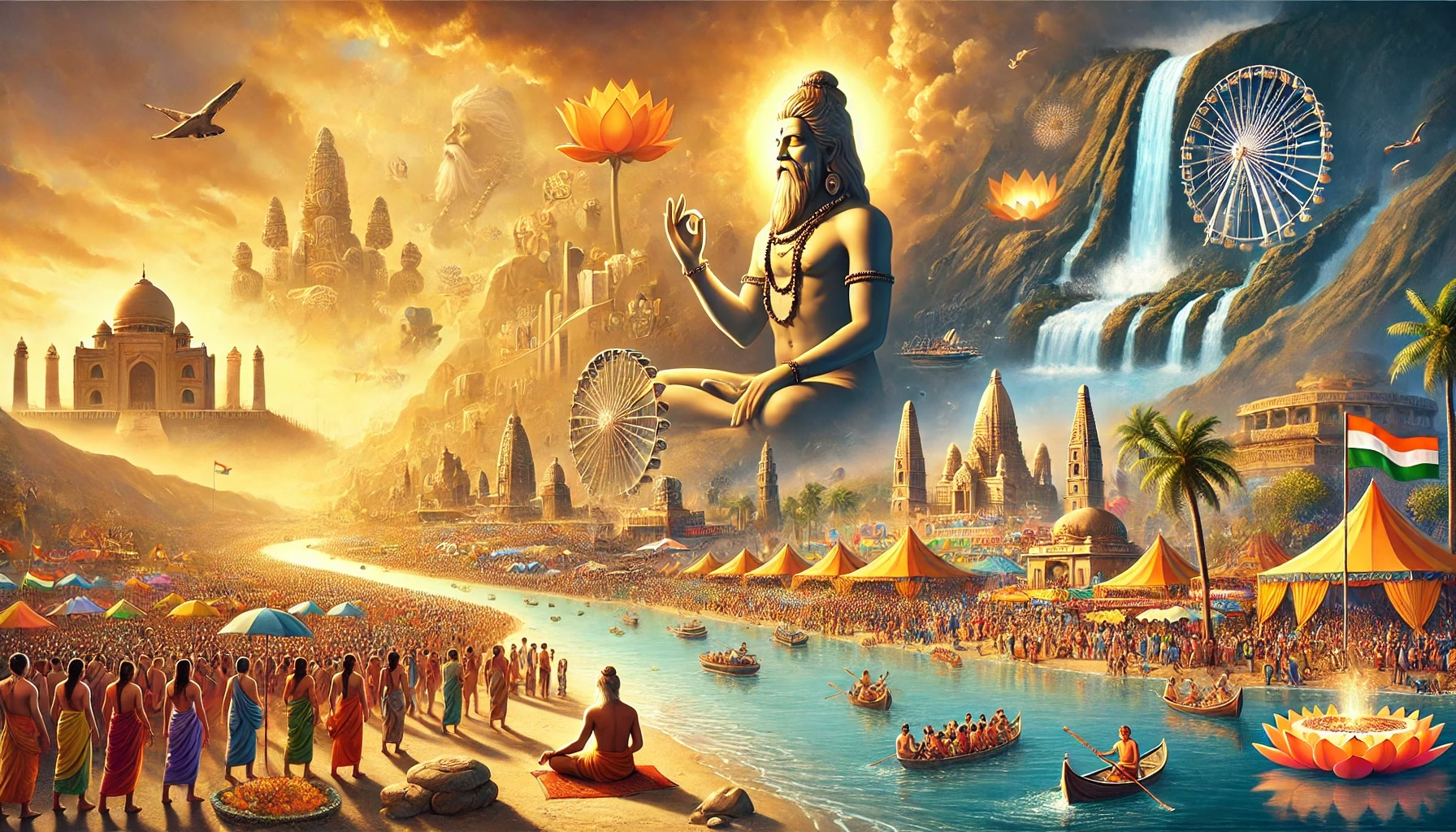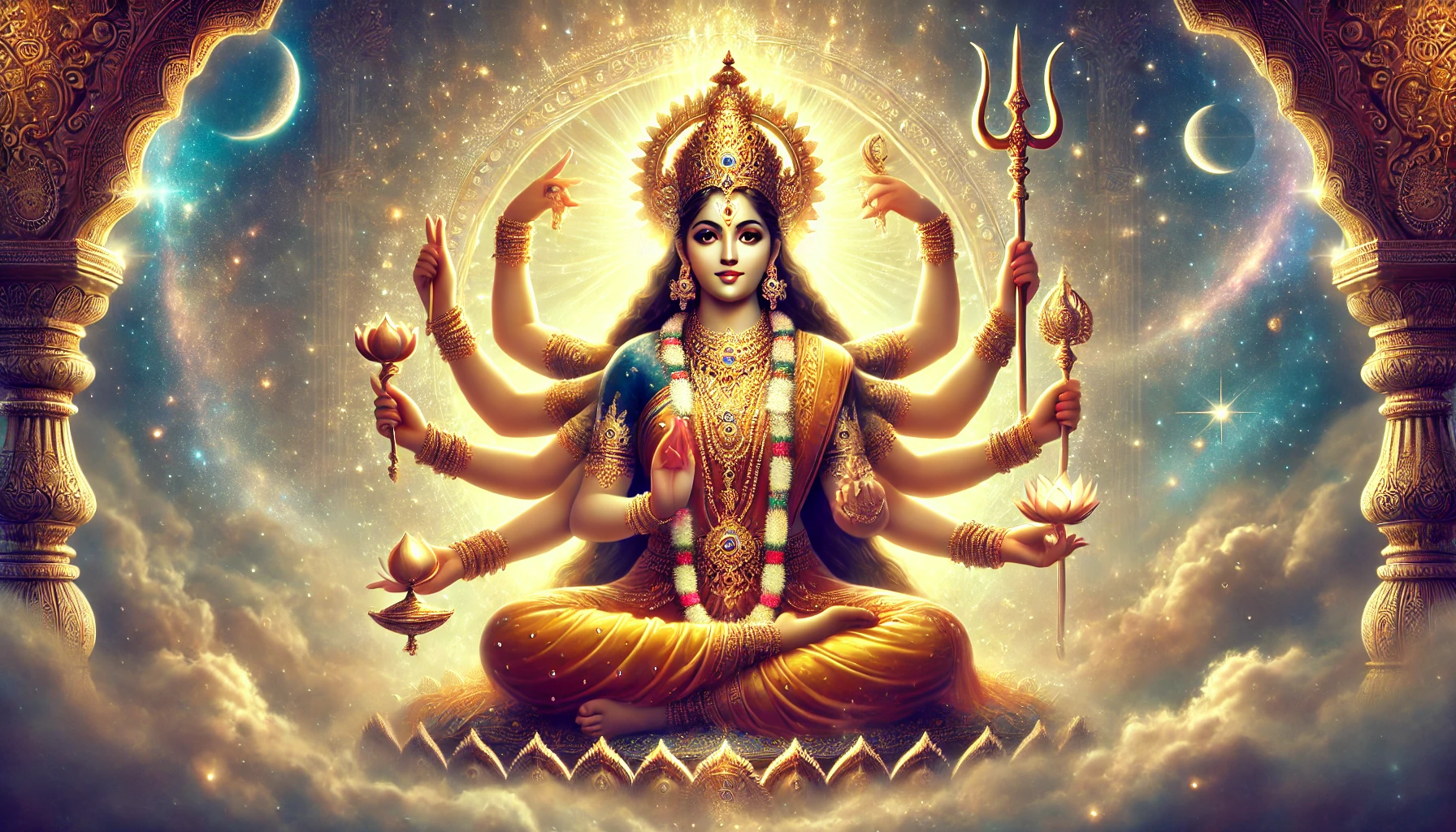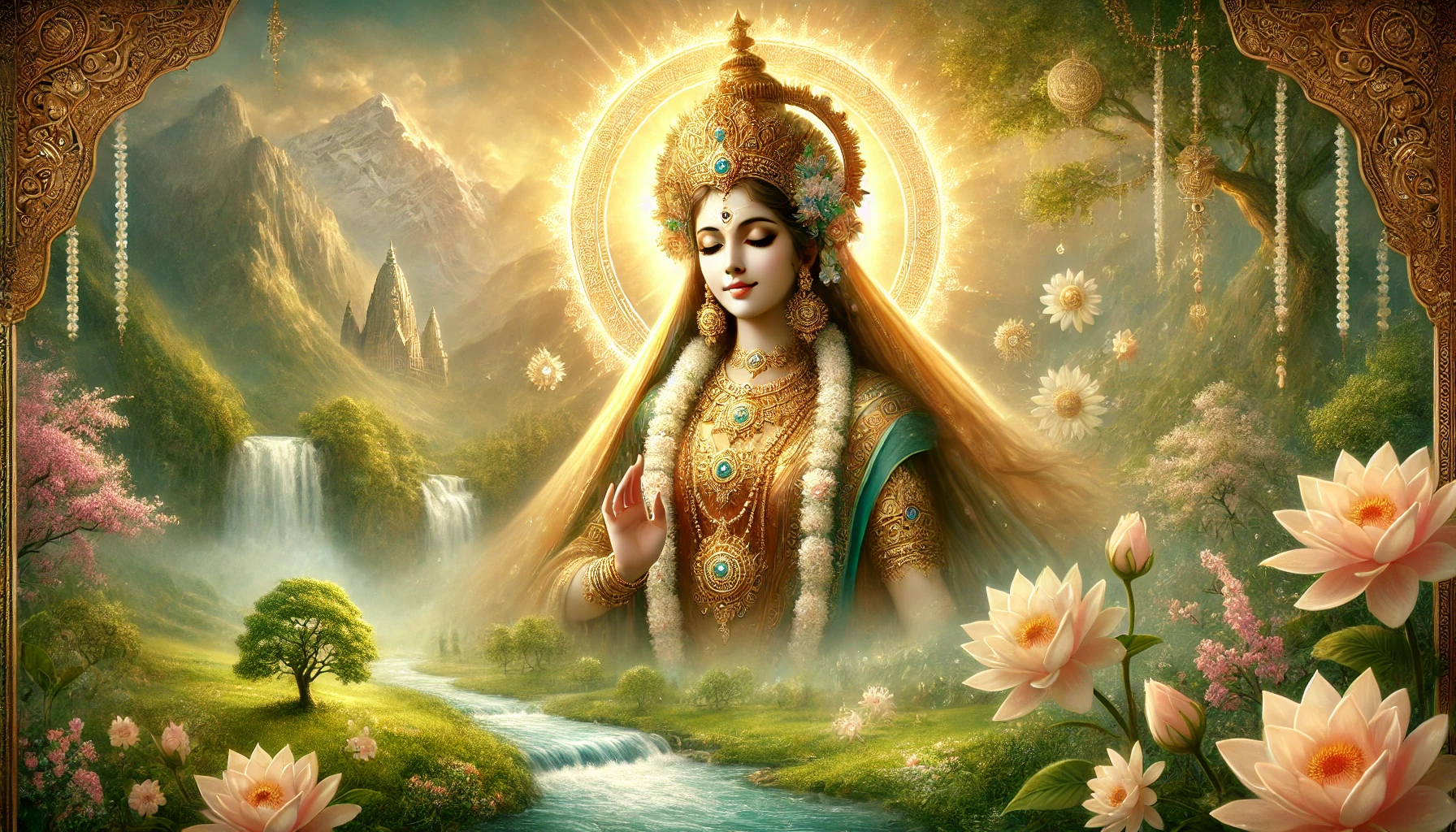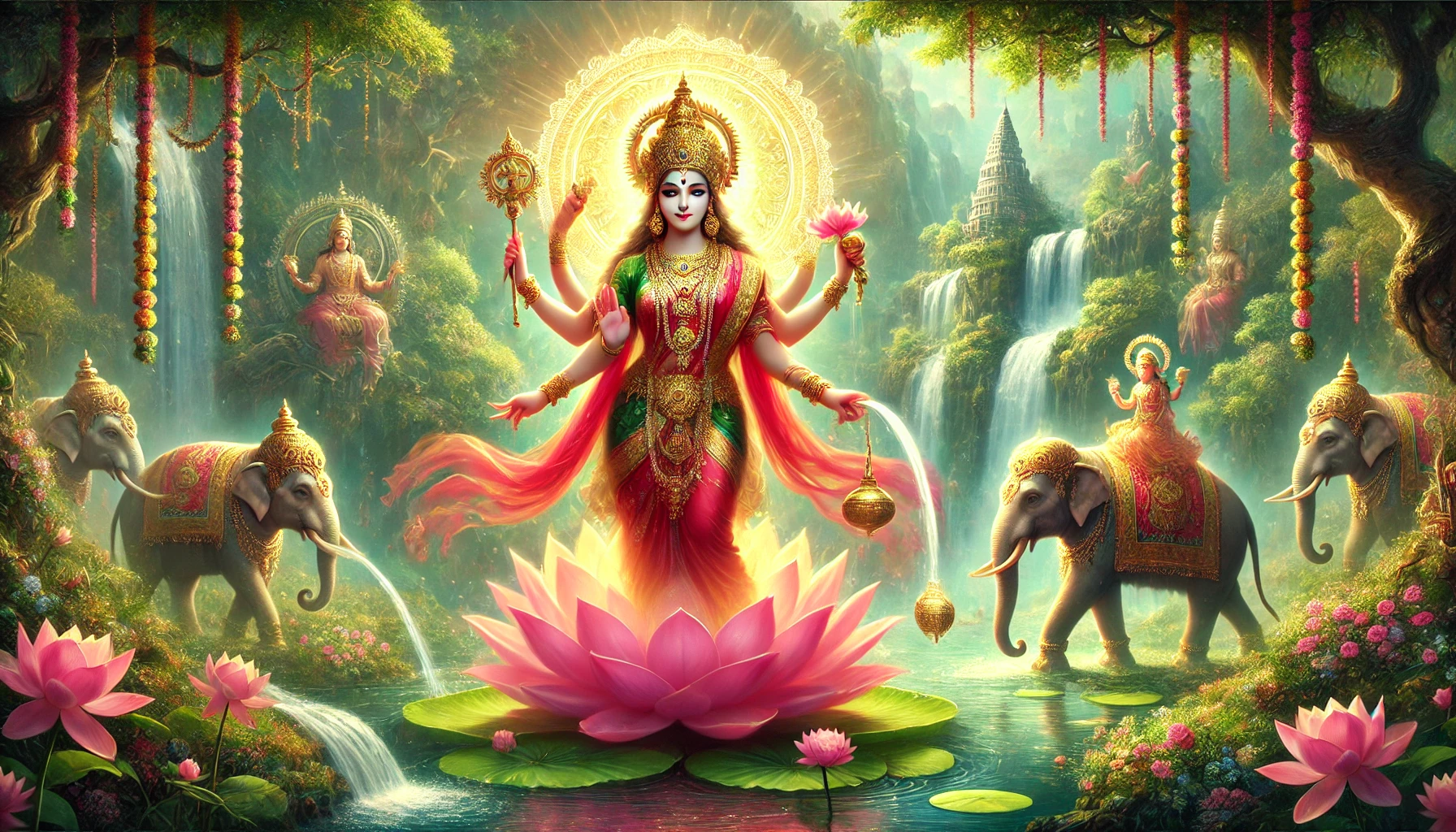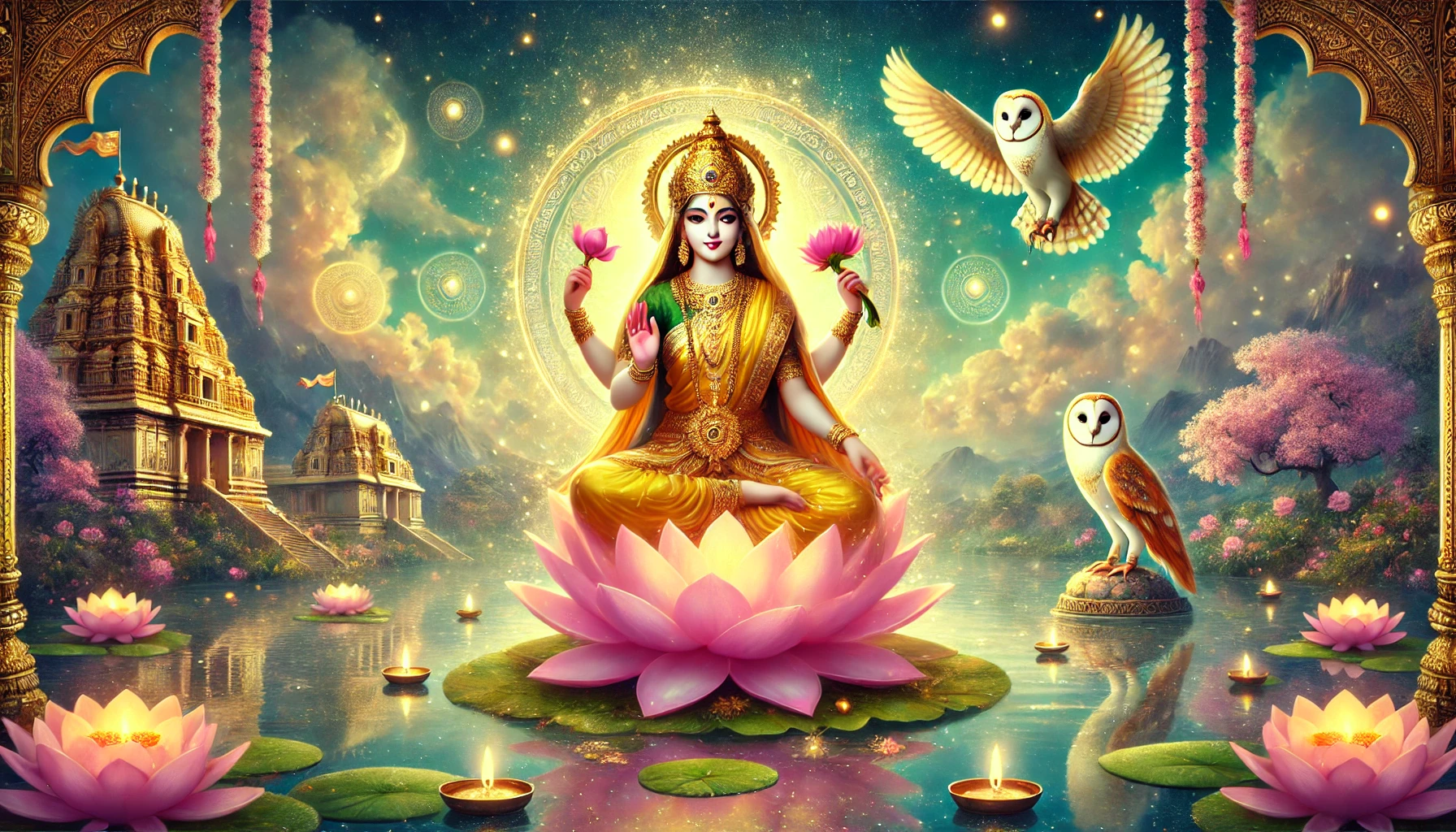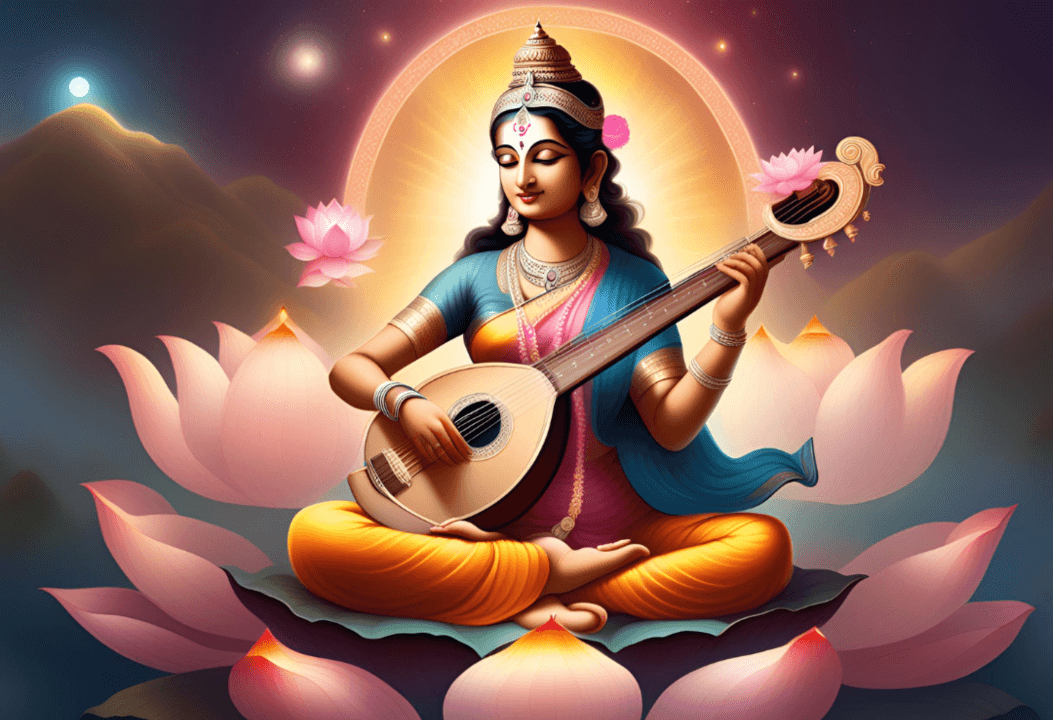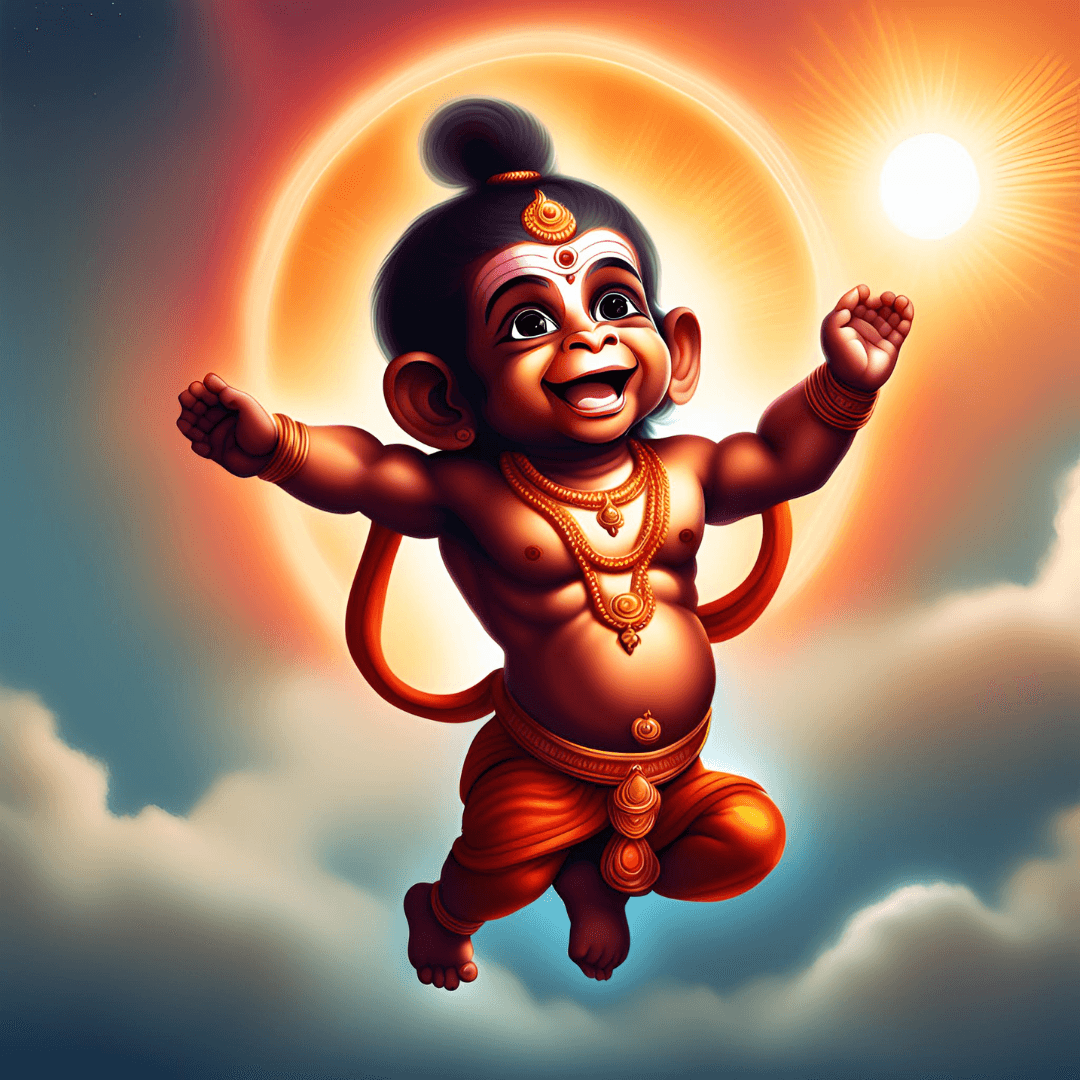Unveiling the Grandeur of Kumbh and Maha Kumbh Mela: Records, Significance, and Global Impact
The Kumbh Mela and Maha Kumbh Mela are among the largest religious gatherings globally, and they have set several significant records. Below is an overview of the notable historical records, world records, and other remarkable aspects of these grand events. Historical Records of Kumbh and Maha Kumbh Mela World Records at Kumbh and Maha Kumbh
